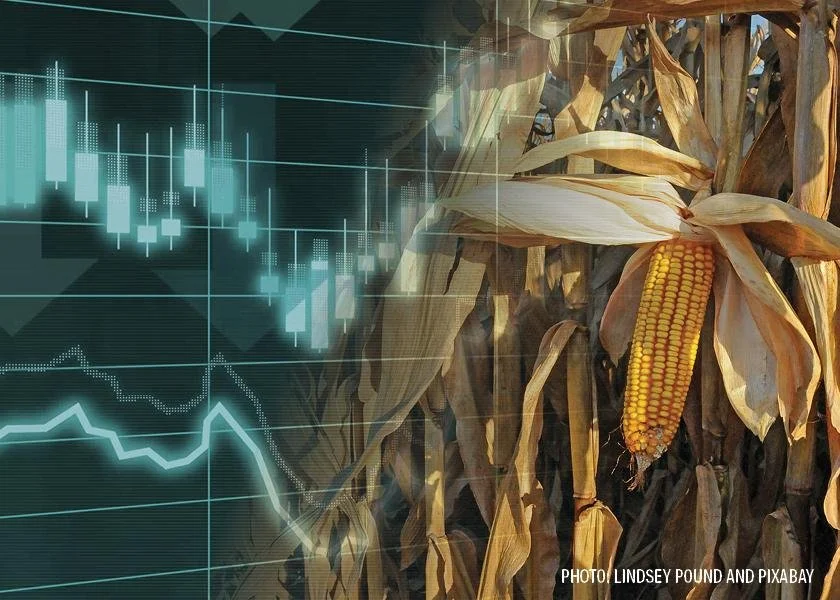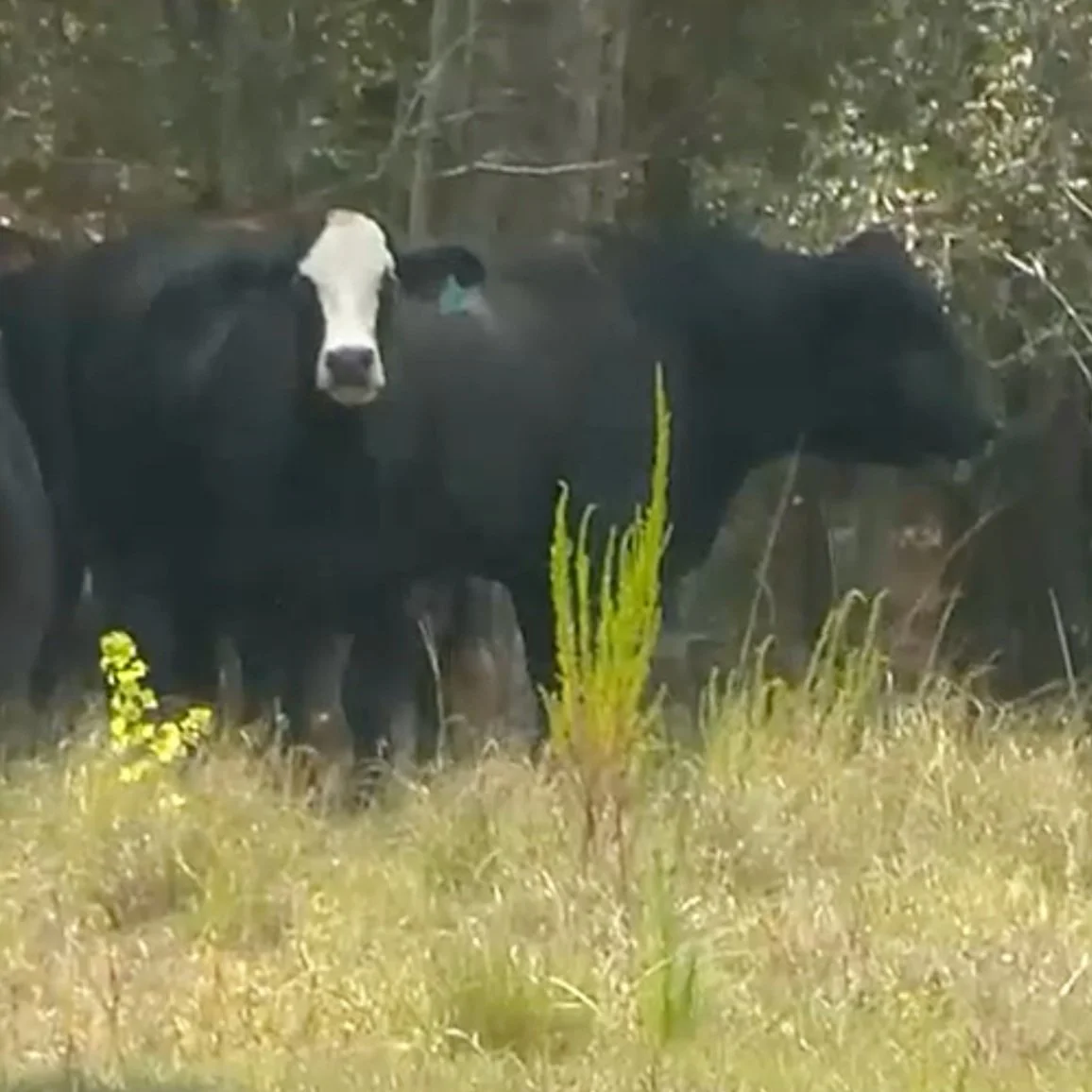Corn and soybean production is down from September 2023, according to the Crop Production report issued today by USDA’s National Agricultural Statistics Service (NASS). Corn production is forecast at 15.1 billion bushels, down less than 1% from the previous forecast but up 10% from last year; soybean growers are expected to decrease their production 4% from 2022, forecast at 4.10 billion bushels.
Read MoreCorn had been trading sideways between $4.77 and $4.89 since Aug. 11 until Friday when it never dropped below $4.92.
Technical traders have suggested the seasonal lows are already in for fall. They say Thursday’s breakout and corn struggling to trade below $4.75 are reasons why higher values should be coming soon.
Read MoreStep into the lush landscapes of Louisiana, where agriculture is the backbone of the community. This state is teeming with a variety of crops, from towering sugarcane to sprawling rice fields. This article focuses on the top crops that add serious value to Louisiana’s economy and fill our dinner plates with Southern goodness.
Read MoreThis month’s 2023/24 U.S. corn outlook projects slightly larger supplies and ending stocks. Projected beginning stocks for 2023/24 have been lowered by 5 million bushels mostly due to offsetting trade and corn used for ethanol changes for 2022/23. Corn production for 2023/24 is forecast at 15.1 billion bushels, this a 23-million-bushel increase from last month’s estimates as greater harvested area more than offsets reductions in yield.
Read MoreLouisiana corn for grain production is forecast at 119 million bushels, up 25 percent from the August 1 forecast and up 61 percent from 2022. Based on conditions as of September 1, yield is expected to average 175 bushels per acre, up 6 bushels from last month and up 5 bushels from last year. Planted acreage is revised to 700,000 acres, up 120,000 acres from June 2023. Harvested acreage for grain is revised from 565,000 to 680,000 acres.
Read MoreChina's farm ministry on Thursday said large trials of genetically modified corn and soybeans showed "outstanding" results and that the technology was safe and essential.
Read MoreWhen you think about harvesting crops in Louisiana, you think about things like corn, sugarcane, and soybeans. And with the record-breaking summer heat, each of these crops are having a tougher time growing than in years past.
As the chairman of the Louisiana Beef Industry, John Thompson says he’s never seen his farmland as dry as it is in his 66 years. According to the Dept. of Agriculture and Forestry, the amount of money we’ve lost in the cattle industry is between $160 -- 260 million.
Read MoreMore stink bugs are starting to show up in soybean fields. The stink bug complex in Louisiana soybean includes several species such as the brown stink bug, green stink bug, southern green stink bug, and perhaps the most notorious, the redbanded stink bug. Each species is capable of causing damage.
Read MoreUSDA’s Economic Research Service (ERS) explained this week in its monthly Feed Outlook report that corn exports are reduced 25 million bushels this month to 1.625 billion.
“The weak pace of exports continues into the last quarter of the marketing year, with June exports totaling 150.4 million bushels, down approximately 66 million bushels from June 2022. Corn exports through the first 10 months of the marketing year sit at 1.466 billion bushels,” said ERS in its report.
Read MoreThis month’s 2023/24 U.S. corn outlook is for reduced supplies, lower domestic use, smaller exports, and tighter ending stocks. Projected beginning stocks for 2023/24 this month have been raised 55 million bushels higher based on a lower use forecast for 2022/23, reflecting reductions in corn used for exports, glucose and dextrose, and starch.
Read MoreThe Crop Production report issued today by USDA’s National Agricultural Statistics Service (NASS) forecasted corn production up from 2022 and soybean production down from last year. Corn production is up 10% from last year, forecast at 15.1 billion bushels; soybean growers are expected to decrease their production 2% from 2022, forecast at 4.21 billion bushels.
Read More
Ray Schexnayder, with Schexnayder & Sons LLC, understands that as much as anyone. He says his farm will be short about 25 to 30 bushels of corn this year. Since corn can be used to help catch crawfish, it could affect how much are caught, and might affect the price next season.
Read MoreFall armyworms, Spodoptera frugiperda, are chronic insect pests in the state, with more than 60 plants reported as hosts, including various pasture grasses (and lawns) and agronomic crops including corn, alfalfa, cotton, soybeans, grain sorghum, and rice. They migrate to Louisiana from neighboring regions like Florida, Texas, Caribbean islands, and Central-South America, with infestations most common from late July to early August.
Read MoreFor more than two decades, and over the course of the last four farm bills, farm program payments have been based on a farm’s historical planted acreage, i.e., base acres, and not on actual plantings each year. Decoupling Agriculture Risk Coverage and Price Loss Coverage farm program payments prevents farmers from making planting decisions based on expected program payments. Instead, the current system ensures farmers evaluate only market supply and demand signals and expected returns per acre when determining which crops to plant each year.
Read MorePortions of the Midwest could see the most challenging weather yet this year, and according to leading ag meteorologists, it's creating more concerns for crop conditions. With heat forecast to top 100 degrees, along with little rain in this week’s forecast, crop conditions could deteriorate and the biggest risk in the western Corn Belt.
Read More














